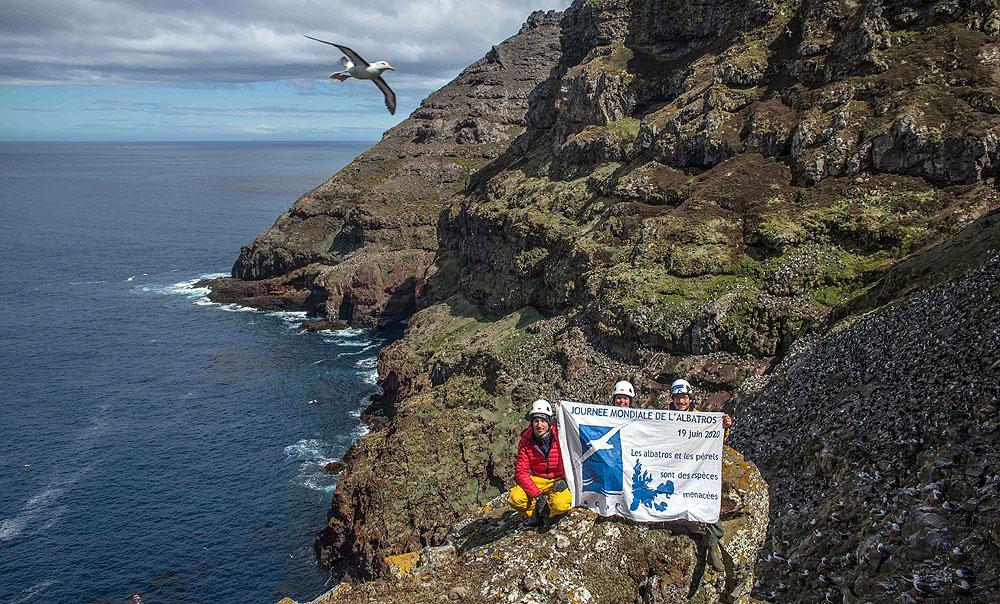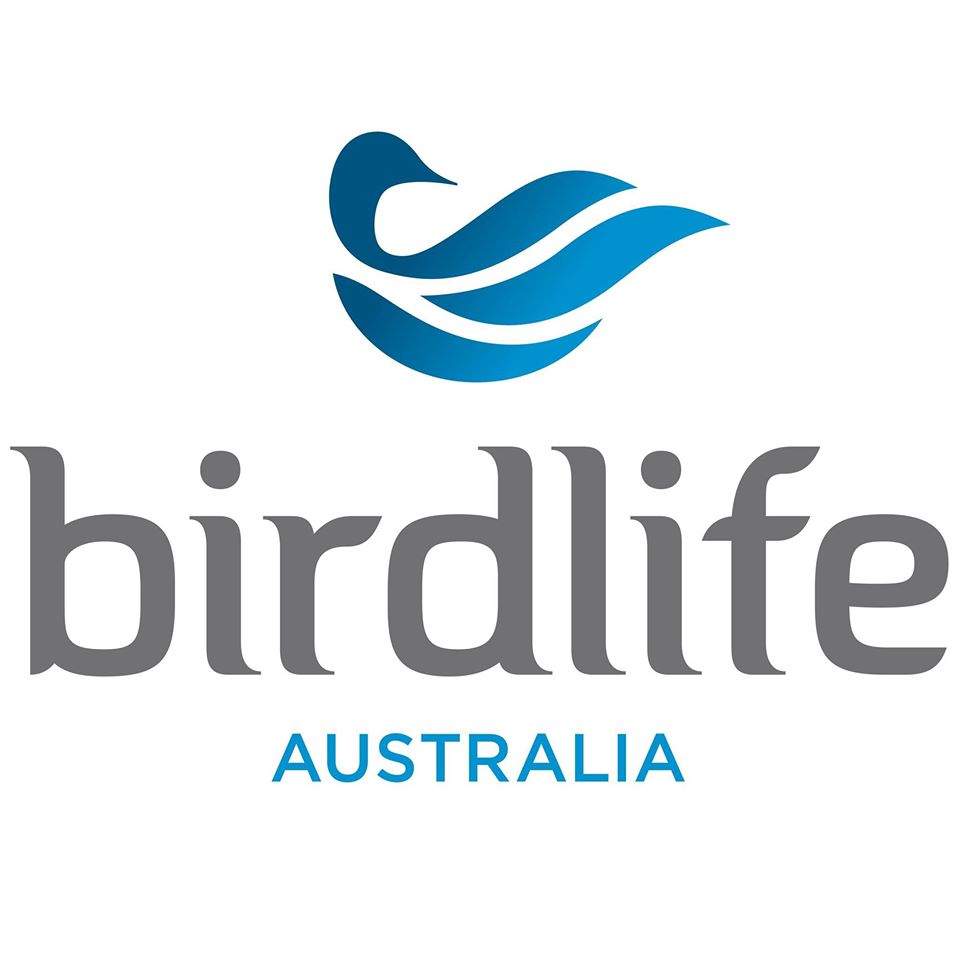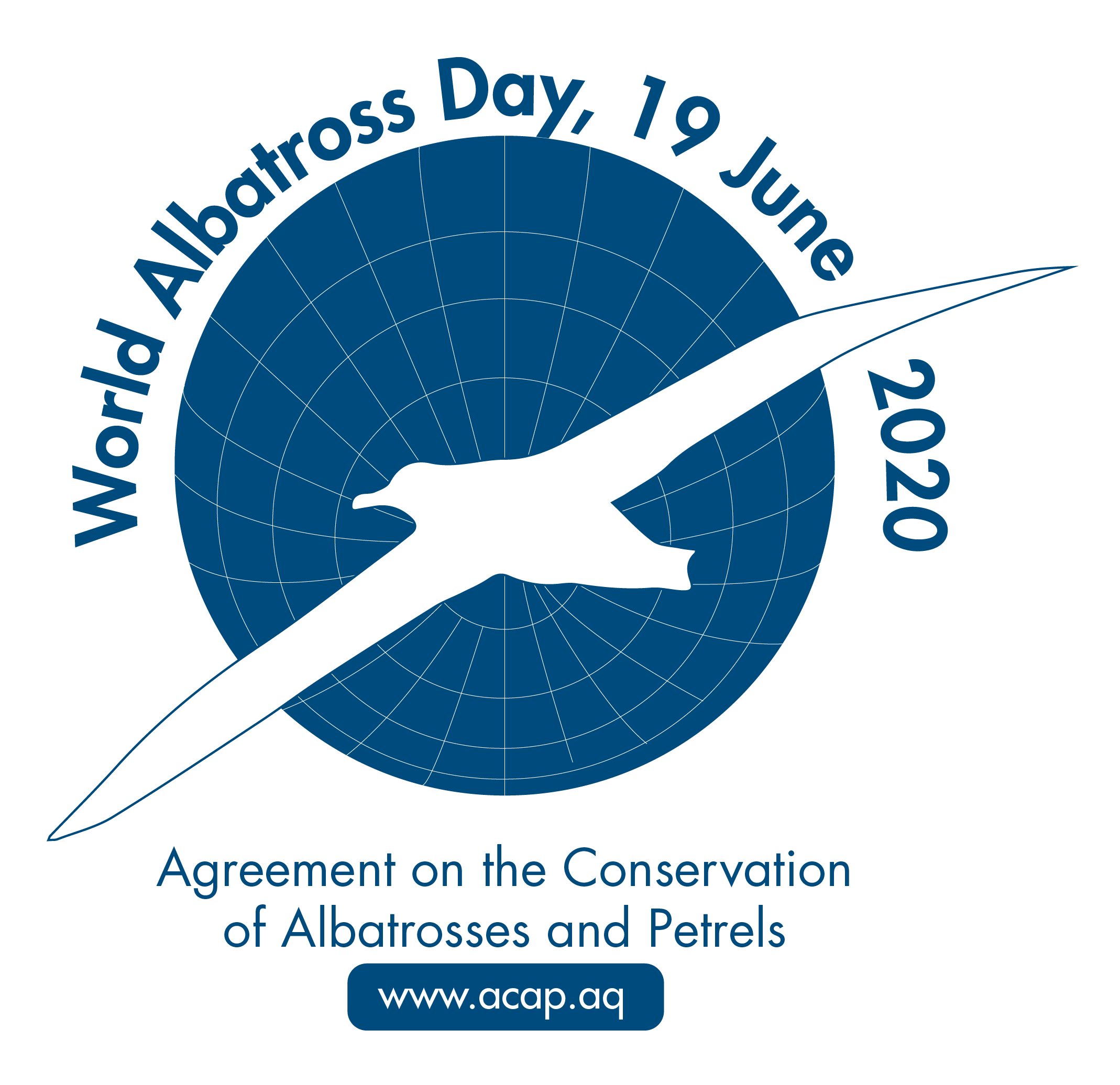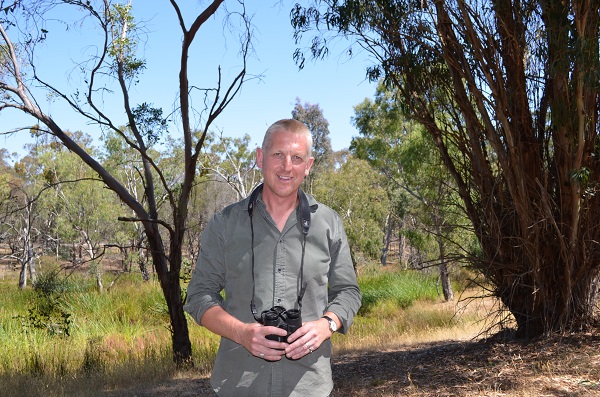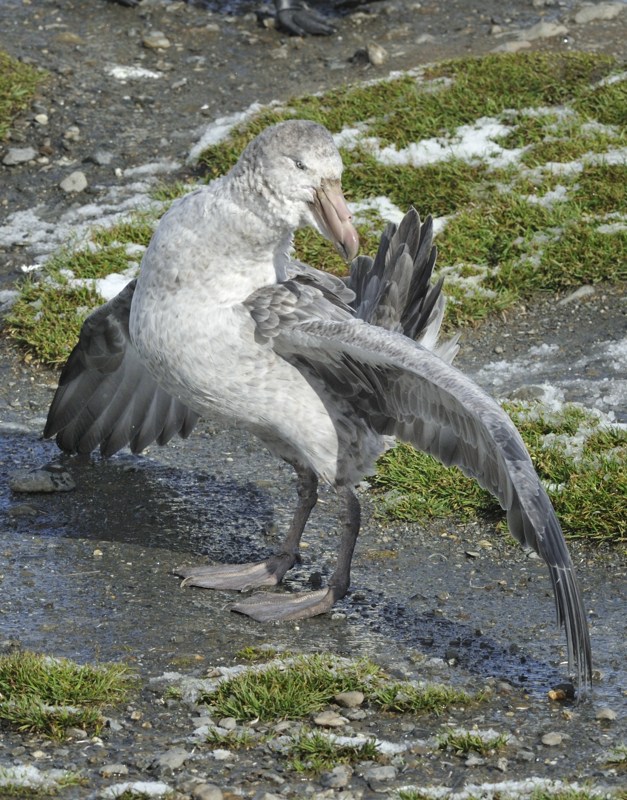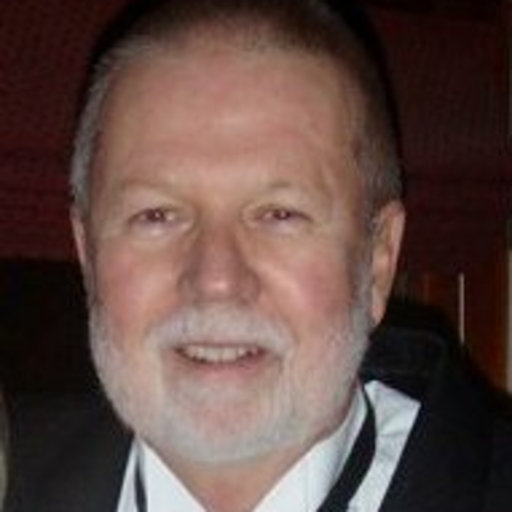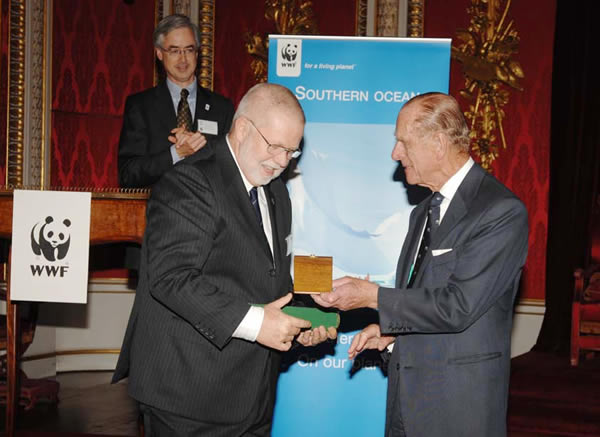Laurie Maynard (Department of Biological Sciences, University of Manitoba, Winnipeg, Canada) and colleagues have published in the journal The Auk on responses of North Atlantic seabirds to supplementary feeding of fish offal at sea.
The paper’s abstract follows:
“While foraging, a predator can feed solitarily or in a group. The net energy gain of joining a group is predicted to vary with prey patch quality, species-specific prey capture behavior, and the size and species composition of the predator group. In coastal Newfoundland, Canada, capelin (Mallotus villosus), a key forage fish, migrates inshore to spawn during the summer, resulting in a dramatic shift in prey availability. During July–August 2015–2017, we examined the numerical and behavioral responses of procellarid (Great Shearwater [Ardenna gravis], Sooty Shearwater [A. grisea], Northern Fulmar [Fulmarus glacialis]), and gull species (Herring Gull [Larus argentatus], Great Black-backed Gull [L. marinus]) to fish offal under varying capelin availability as well as flock size and composition using an at-sea experiment on the northeast Newfoundland coast. The experiment consisted of providing offal every 30 s (10-min experimental period), along with 10-min control periods before and after. We recorded the species-specific number of birds on the water, the number of birds simultaneously attempting to capture offal, and the number of successful attempts (“foraging success”). The number of birds on the water was lower during high capelin availability for all species, except for Northern Fulmar. The number of conspecifics simultaneously attempting to capture offal increased with the number of conspecifics on the water, but plateaued at different numbers (4–17) for most species. The species-specific proportion of successful attempts (i.e. foraging success) varied with flock size and composition (i.e. number of conspecifics, heterospecifics, species). Foraging success of Herring Gulls and fulmars were moderately affected by flock size and composition, suggesting that they may be dominant competitors. Findings suggest that seabirds rely more heavily on supplemental food sources, such as fisheries discards and offal, when natural prey availability declines, potentially resulting in a higher risk of by-catch during fisheries activities as forage fish stocks decline.”
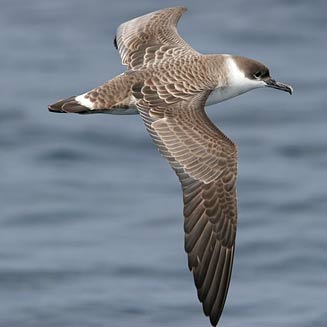
Great Shearwater at sea
Reference:
Maynard, L.D., Carvalho, P.C.& Davoren, G.K. 2019. Seabirds vary responses to supplemental food under dynamic natural prey availability and feeding aggregation composition. The Auk doi.org/10.1093/auk/ukz062.
John Cooper, ACAP Information Officer, 08 December 2019

 English
English  Français
Français  Español
Español 
